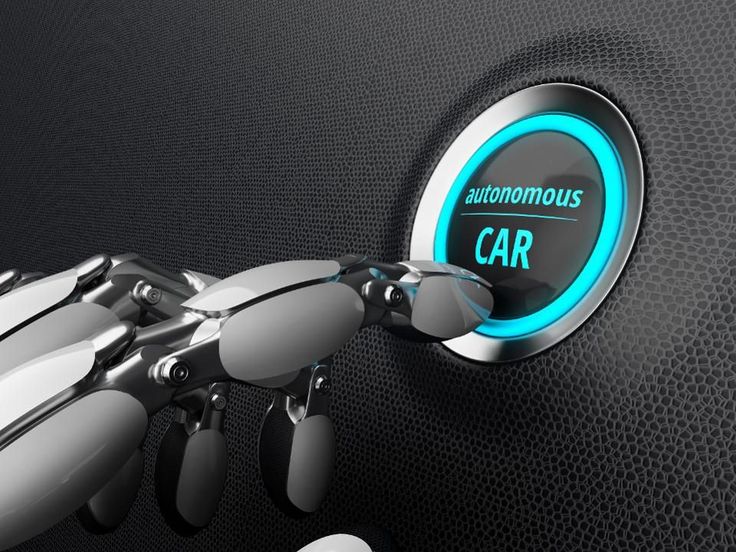
The promise of self-driving cars has moved from science fiction to a tangible reality, with companies racing to develop and deploy autonomous vehicle technology. But as we stand on the cusp of this revolution, a critical question lingers: are we truly ready to relinquish control and let machines take the wheel?
The Technological Leap: How Self-Driving Cars Work:
Autonomous vehicles rely on a complex interplay of sensors, software, and artificial intelligence to navigate and operate without human intervention.
- Sensor Fusion: A network of sensors, including lidar, radar, and cameras, provides a 360-degree view of the vehicle’s surroundings. Lidar uses lasers to create a detailed 3D map, radar detects objects at long range, and cameras provide visual information.
- Artificial Intelligence (AI): AI algorithms process the sensor data, identifying objects, predicting their behavior, and planning the vehicle’s trajectory. Machine learning enables the AI to learn and improve over time, adapting to different driving scenarios.
- Software and Mapping: High-definition maps provide detailed information about roads, lanes, and traffic signs. Software controls the vehicle’s steering, acceleration, and braking, ensuring smooth and safe operation.
The Potential Benefits: A World of Possibilities:
Autonomous vehicles offer the potential to transform transportation and society in numerous ways.
- Improved Safety: Human error is a leading cause of traffic accidents. Autonomous vehicles, with their advanced sensors and AI, could significantly reduce accidents and save lives.
- Increased Mobility: Self-driving cars could provide greater mobility for the elderly, disabled, and those who cannot drive.
- Reduced Congestion: Optimized traffic flow and reduced parking demand could alleviate congestion in urban areas.
- Enhanced Productivity: Commuters could use their travel time for work, relaxation, or other activities.
- Environmental Benefits: Electric autonomous vehicles could reduce emissions and improve air quality.
The Challenges and Concerns: Navigating the Unknown:
Despite the potential benefits, significant challenges and concerns remain.
- Safety and Reliability: Ensuring the safety and reliability of autonomous vehicles in all driving conditions is paramount. How will they handle unexpected situations, such as extreme weather or complex traffic scenarios?
- Ethical Dilemmas: Autonomous vehicles may face ethical dilemmas, such as deciding who to protect in unavoidable accidents. How will these decisions be programmed and regulated?
- Job Displacement: The widespread adoption of autonomous vehicles could lead to job displacement for truck drivers, taxi drivers, and other transportation workers.
- Cybersecurity Risks: Autonomous vehicles are vulnerable to cyberattacks, which could compromise their safety and security.
- Legal and Regulatory Frameworks: Existing legal and regulatory frameworks need to be adapted to address the unique challenges of autonomous vehicles.
- Public Trust and Acceptance: Building public trust and acceptance is crucial for the successful adoption of autonomous vehicles. Many people are still hesitant to relinquish control to machines.
- Infrastructure Adaption: Roadways, traffic signals, and other aspects of the infrastructure may need to be modified to effectively support autonomous vehicles.
The Road Ahead: A Gradual Transition:
The transition to a fully autonomous future is likely to be gradual. We are already seeing the deployment of advanced driver-assistance systems (ADAS), which are paving the way for higher levels of autonomy.
- Level 1 and 2 Automation: ADAS features, such as adaptive cruise control and lane keeping assist, provide limited automation.
- Level 3 Automation: Level 3 systems allow the vehicle to handle most driving tasks in certain conditions, but the driver must be ready to take over when needed.
- Level 4 Automation: Level 4 systems can handle all driving tasks in specific environments, such as designated areas or geofenced zones.
- Level 5 Automation: Level 5 systems are fully autonomous and can handle all driving tasks in all conditions.
As technology continues to advance and regulations evolve, we can expect to see a gradual increase in the deployment of autonomous vehicles. However, the success of this revolution will depend on addressing the challenges and concerns, building public trust, and ensuring a safe and equitable transition. Sources and related content